SEO for Restaurants: Simple Strategies to Boost Your Business

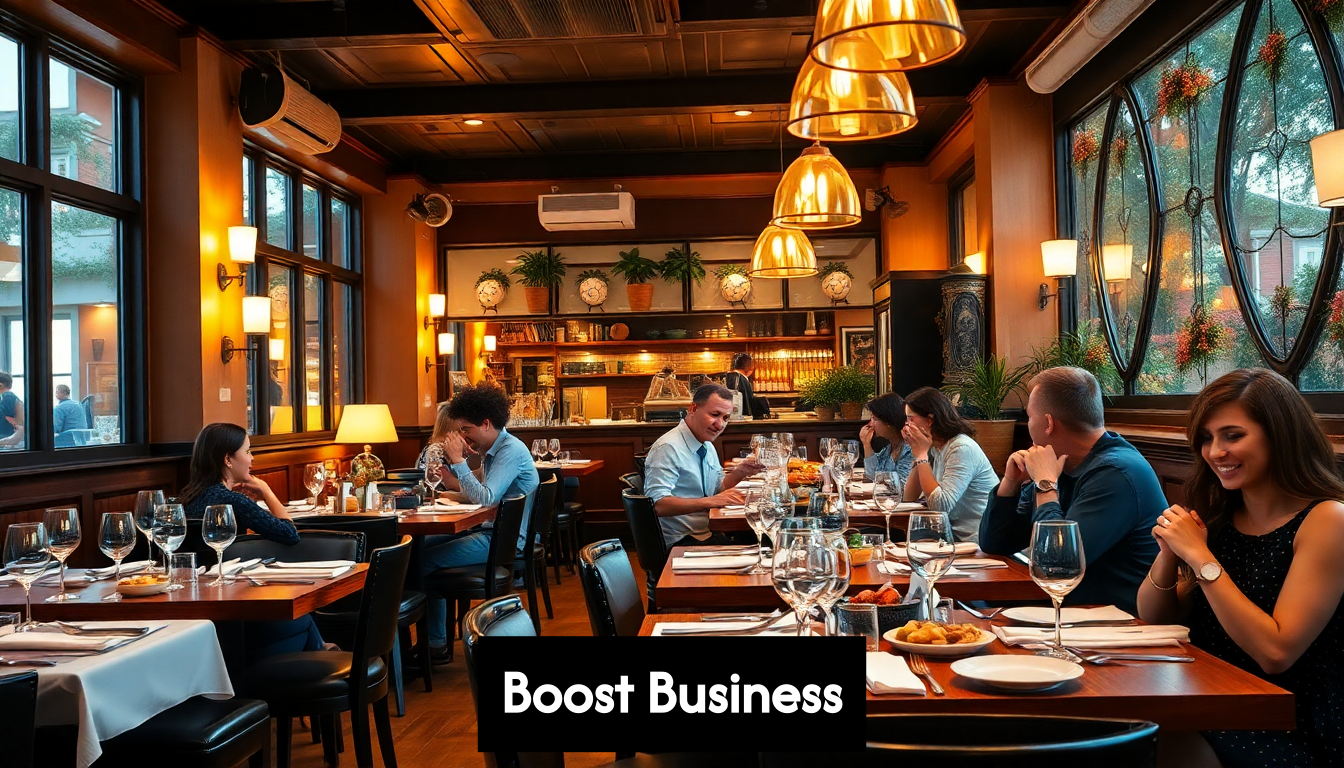
Restaurant search engine optimization (SEO) is a game changer—it's the reason your dining establishment could be the first to pop up on that hunger-induced Google search. But hold on—what if I told you that most restaurants aren’t even tapping into the potential of their online presence? In a world where 62% of diners rely on Google to find their next meal, neglecting SEO could mean the difference between a full dining room and an empty one. The best part? Boosting your restaurant's visibility doesn't just mean appearing online; it can create a powerful, cost-effective marketing channel that works for you 24/7.
Understanding SEO for Restaurants
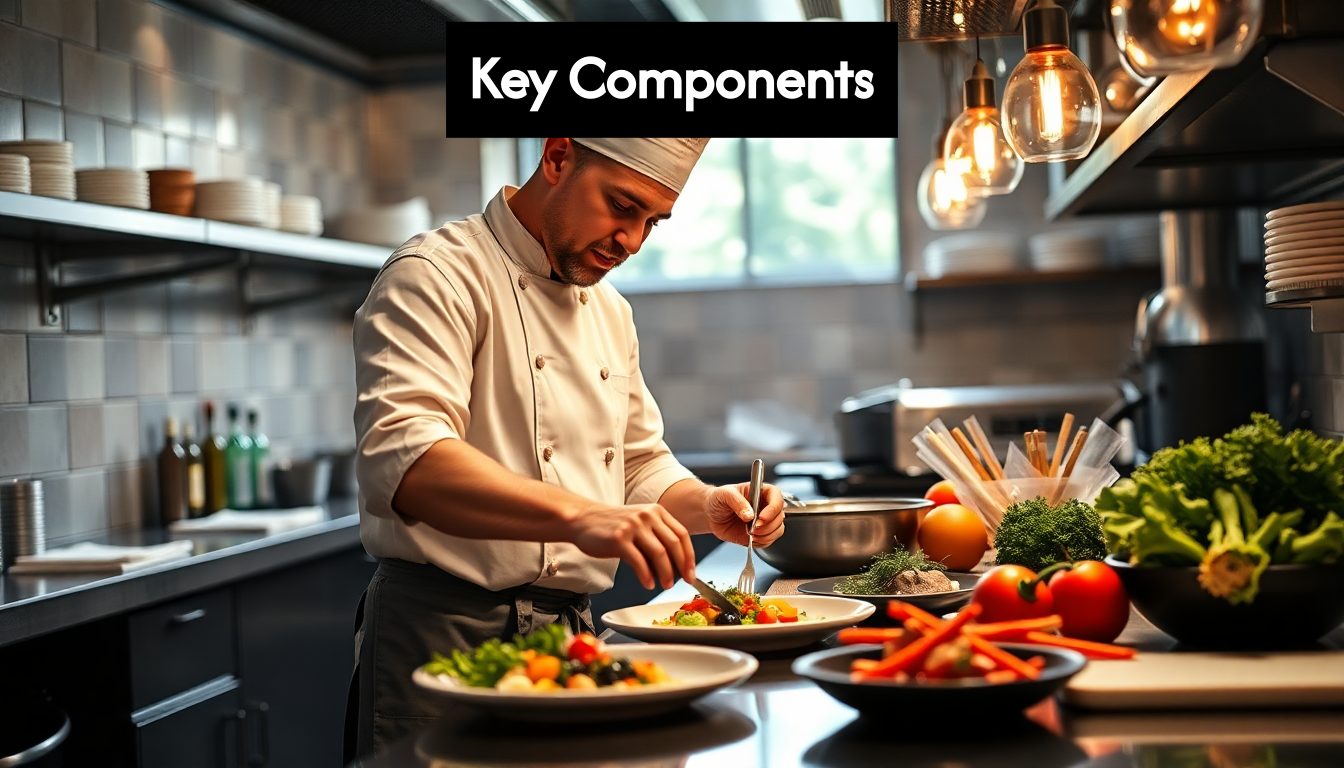
Restaurant search engine optimization (SEO) isn't just a technical marketing term—it's the difference between potential customers finding your establishment or your competitors'. In today's digital-first world, your online presence matters just as much as your physical one.
Why Restaurant SEO Matters
Think about how you discover new restaurants. Like most diners today, you probably turn to Google. In fact, research shows that 62% of consumers use Google to research restaurants before deciding where to eat. This statistic alone highlights why investing in restaurant SEO is crucial for your business growth.
SEO for restaurants is fundamentally about visibility—making sure that when hungry customers in your area search for dining options, your restaurant appears prominently in their search results. Unlike paid advertising that stops working when you stop paying, restaurant local SEO builds lasting online visibility that continues to attract customers month after month.
Restaurant SEO encompasses optimizing your website, Google Business Profile, online menu, and digital presence to rank higher in search engine results. The higher you rank, the more likely customers will click through to your website, view your menu, and ultimately make a reservation or place an order.
Key Components of Restaurant SEO
Effective search engine optimization for restaurants focuses on several critical elements:
- Local SEO optimization - Ensuring your restaurant appears in local searches and Google Maps results when people search for "restaurants near me"
- Website performance - Creating a fast-loading, mobile-friendly website that provides an excellent user experience
- Keyword strategy - Incorporating relevant restaurant keywords organically throughout your content, focusing on terms potential customers actually use
- Online reputation management - Actively collecting and responding to reviews across platforms
Restaurant keywords SEO requires understanding what your ideal customers are searching for. This might include cuisine-specific terms ("best Italian restaurant downtown"), occasion-based phrases ("romantic dinner spots"), or dietary-focused searches ("gluten-free restaurants near me").
Benefits Beyond Visibility
While increased visibility is the primary goal of restaurant SEO, the benefits extend far beyond simply appearing in search results. Effective SEO marketing for restaurants creates a 24/7 digital storefront that works even when your physical location is closed.
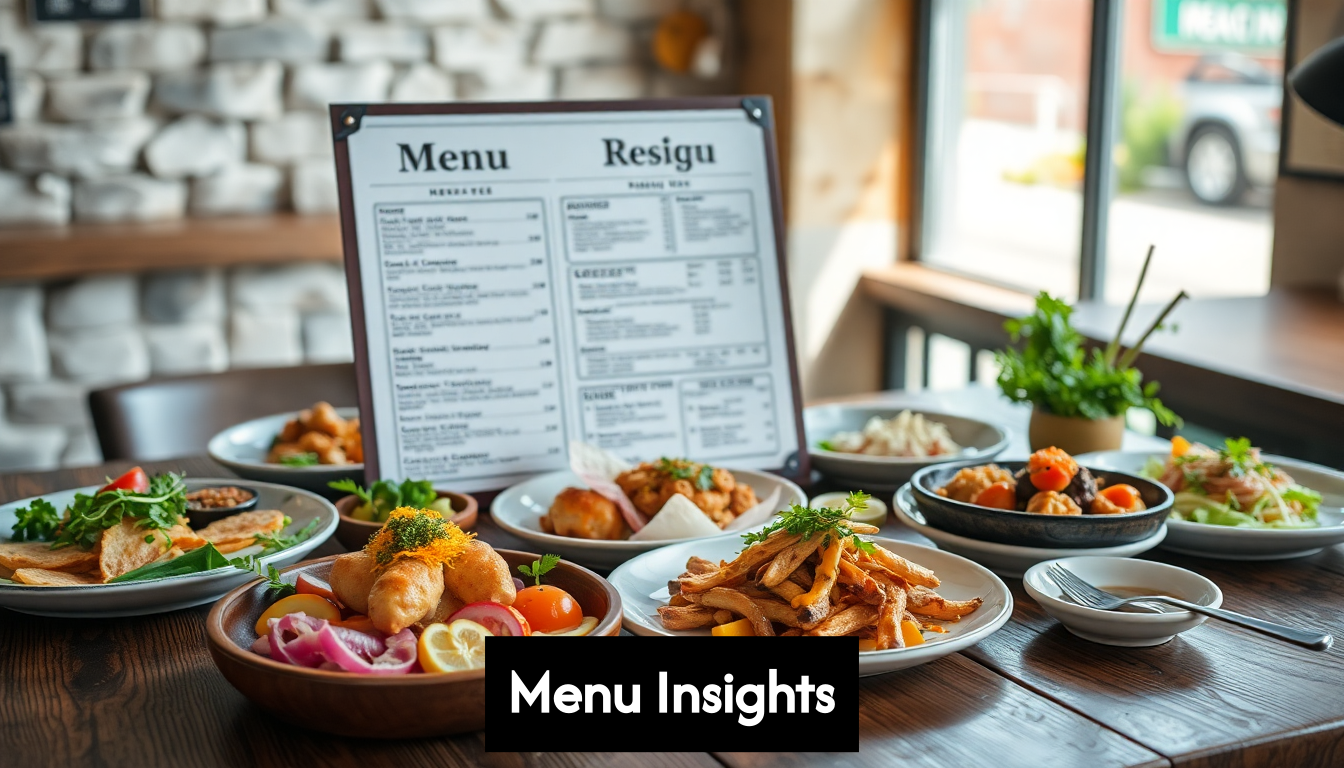
A well-optimized restaurant website serves as a powerful customer acquisition tool, providing crucial information like your menu, operating hours, location, and reservation options. It also establishes credibility and trust before a customer ever walks through your door.
Perhaps most importantly, restaurant SEO is remarkably cost-effective compared to traditional advertising methods. Instead of paying for each impression or click, you're building a sustainable online presence that continues attracting customers without ongoing costs.
By implementing solid search engine optimization for restaurants, you create a foundation for long-term business growth in an increasingly competitive industry—one where your digital presence can be just as important as the quality of your food and service.
Key Takeaways
| Takeaway | Explanation |
|---|---|
| Local SEO is Crucial | Ensuring your restaurant appears in local searches significantly impacts visibility, leading to more potential customers discovering your establishment online. |
| Effective Keyword Research is Essential | Identify and implement relevant location-based, cuisine-specific, and experience-focused keywords to attract diners actively searching for options like yours. |
| Optimize Your Google Business Profile | A well-optimized Google Business Profile is a fundamental component of local SEO, featuring accurate information, high-quality images, and regular updates to keep it active. |
| On-Page and Off-Page SEO Matter | Focus on optimizing both your website's technical elements and off-page factors like online reviews and local citations to build a strong online presence. |
| Track and Measure SEO Success | Use tools like Google Analytics and Google Search Console to monitor key metrics such as search rankings, website traffic, and conversion actions to evaluate the effectiveness of your SEO strategies. |
Keyword Research for Restaurants
Effective restaurant SEO begins with thorough keyword research. This foundational step helps you understand what potential diners are actually searching for when they're hungry and looking for options like yours. Let's explore how to identify and implement the right keywords for your restaurant business.
Types of Restaurant Keywords to Target
Successful SEO for restaurants requires understanding the different categories of keywords that drive dining decisions. According to research from SEOpital, there are three primary types of keywords every restaurant should focus on:
Location-based keywords are perhaps the most important for restaurant search engine optimization. These include terms like "restaurants in [your city]," "[your neighborhood] dining," or "restaurants near [local landmark]." When hungry customers search "Italian restaurant near me" or "best brunch in downtown," you want your establishment to appear prominently.
Cuisine-specific keywords help you target diners looking for particular food types. Beyond simply mentioning your cuisine ("Thai," "BBQ," "Mediterranean"), include specific signature dishes or specialties. If you're known for your wood-fired pizza or hand-rolled sushi, these distinctive offerings should feature prominently in your keyword strategy.
Experience-focused keywords address the dining context or occasion. Terms like "romantic dinner restaurant," "family-friendly dining," "business lunch spot," or "outdoor seating restaurant" capture intent beyond simply finding food—they speak to the experience diners seek.
Developing Your Restaurant Keyword Strategy
Start your keyword research by brainstorming how customers might search for your restaurant. Consider:
- Your location(s) and nearby landmarks or neighborhoods
- Your cuisine type and signature dishes
- Special dietary accommodations (vegan, gluten-free, etc.)
- Unique dining experiences or atmospheres you offer
- Price points ("affordable fine dining," "cheap eats")
Next, use keyword research tools to validate and expand your list. Google's free tools like Google Trends and Google Suggest (the autocomplete feature in the search bar) can reveal popular search terms related to restaurants in your area. More robust tools like SEMrush, Ahrefs, or Moz can provide detailed data on search volume and competition.
Prioritize long-tail keywords in your restaurant SEO strategy. These longer, more specific phrases ("family-friendly Italian restaurant with outdoor seating") typically have less competition than broader terms ("Italian restaurant") and often indicate higher intent to visit. Someone searching that detailed phrase is likely ready to dine, not just browsing options.
Implementing Keywords for Restaurant SEO
Once you've identified valuable keywords for your restaurant, strategically incorporate them throughout your digital presence:
- Website page titles and headings
- Menu descriptions and item names
- Image alt text and file names
- Restaurant blog posts and articles
- Google Business Profile information
- Social media profiles and posts
- Online directory listings
The key to effective search engine optimization for restaurants is natural integration. Keyword stuffing—artificially cramming keywords into content—will hurt rather than help your SEO efforts. Instead, weave relevant keywords into compelling, informative content that genuinely helps potential customers learn about your restaurant.
Remember that local restaurant SEO relies heavily on geographic keywords. Make sure your city, neighborhood, and even nearby landmarks appear naturally throughout your content. This helps search engines understand exactly where your restaurant is located and when to show it in local search results.
By developing a comprehensive restaurant keywords SEO strategy, you create multiple pathways for hungry customers to discover your establishment online—increasing visibility, foot traffic, and ultimately, revenue.
On-Page & Off-Page SEO Tips
Restaurant SEO requires a comprehensive approach that addresses both on-page and off-page factors. According to SEMrush, on-page SEO focuses on elements within your website that you can directly control, while off-page SEO involves external signals that build your restaurant's online reputation. Let's explore essential strategies for both aspects to maximize your restaurant's search visibility.
On-Page SEO for Restaurants
On-page SEO for restaurants involves optimizing the content and technical elements of your website to improve search rankings. Here are key areas to focus on:
Website Structure and Navigation: Create a logical, user-friendly website structure that makes it easy for diners to find critical information. Your menu, location, hours, and reservation/ordering system should be accessible within one or two clicks from any page. This improves user experience and helps search engines understand your site's organization.
Title Tags and Meta Descriptions: Craft compelling title tags for each page that include your restaurant name, location, and cuisine type when relevant. For example, "Luigi's Authentic Italian Restaurant | Downtown Chicago" is more effective than simply "Luigi's Restaurant." Meta descriptions should highlight unique selling points and include a call to action, such as "View our menu" or "Make a reservation today."
Mobile Optimization: Restaurant search engine optimization absolutely requires mobile-friendly design. Most diners search for restaurants on their phones, especially when making last-minute decisions. Ensure your website loads quickly and displays properly on mobile devices, with easy-to-tap buttons for calls, directions, and reservations.
Local Content Development: Create neighborhood-focused content that establishes your restaurant as part of the local community. Blog posts about local events, partnerships with area businesses, or the history of your location can strengthen your association with geographic keywords important for local restaurant SEO.
Schema Markup: Implement restaurant-specific schema markup (structured data) to help search engines understand your business information. This specialized code can display your hours, menu items, price range, and review ratings directly in search results, making your listing more attractive and informative.
Off-Page SEO for Restaurants
Off-page SEO encompasses everything that happens outside your website that impacts your search rankings. For restaurants, these external signals are particularly important:
Google Business Profile Optimization: Your Google Business Profile (formerly Google My Business) is perhaps the most important off-page SEO asset for any restaurant. Ensure it's completely filled out with accurate business information, high-quality photos, updated menu links, and proper category selection. Regularly post updates about specials, events, or menu changes to keep your profile active.
Online Reviews Management: Review signals strongly influence restaurant SEO. Develop a systematic approach to encourage satisfied customers to leave positive reviews on Google, Yelp, TripAdvisor, and other platforms. Equally important is responding professionally to all reviews—both positive and negative—demonstrating your commitment to customer satisfaction.
Online Directory Listings: Ensure your restaurant is listed on major food directories and apps where diners search for options. This includes Yelp, TripAdvisor, OpenTable, Grubhub, and local dining guides. Maintain consistent NAP (Name, Address, Phone) information across all platforms to strengthen your local SEO signals.
Link Building: Earn backlinks from local news sites, food blogs, community pages, and tourism websites. Consider hosting community events, supporting local causes, or creating newsworthy initiatives that might generate media coverage and valuable links back to your website.
Social Media Presence: While social signals don't directly impact rankings, an active social media presence drives traffic and engagement that indirectly benefits your SEO. Share visually appealing food photos, behind-the-scenes content, and customer testimonials across platforms relevant to your target audience.
By implementing these on-page and off-page SEO strategies specifically tailored for restaurants, you create a robust digital presence that helps potential diners find you exactly when they're hungry and searching. Restaurant search engine optimization is an ongoing process—consistently updating your content, responding to reviews, and refining your approach based on results will yield the best long-term outcomes for your establishment.
Leveraging Local SEO Tactics
For restaurants, local SEO isn't just one component of your digital marketing strategy—it's arguably the most crucial element. When diners search for "restaurants near me" or "best Italian food in [your city]," your local SEO efforts determine whether your establishment appears in these highly valuable search results. Let's explore specific tactics to maximize your local restaurant SEO effectiveness.
Optimizing Your Google Business Profile
Your Google Business Profile (GBP) serves as your restaurant's digital storefront on Google Search and Maps. According to BruceClay, a properly optimized GBP is the cornerstone of local SEO success for any business, including restaurants.
Start by claiming and verifying your profile if you haven't already. Then focus on these optimization strategies:
- Complete every section of your profile with accurate, detailed information
- Select the most specific primary category ("Italian Restaurant" rather than just "Restaurant")
- Add secondary categories that apply to your business ("Pizza Restaurant," "Pasta Restaurant")
- Upload high-quality photos of your exterior, interior, food, and drinks (at least 10-15 images)
- Add your complete menu with descriptions and prices
- Set special hours for holidays and events
- Add attributes that highlight unique features (outdoor seating, wheelchair accessibility, etc.)
Regularly update your GBP with posts announcing specials, events, or menu changes. These posts show Google your profile is actively managed while providing fresh information to potential customers. Respond promptly to all questions asked through your GBP to demonstrate attentiveness and build trust.
Building a Local Citation Network
Local citations—mentions of your restaurant's name, address, and phone number (NAP) across the web—significantly impact your restaurant local SEO. Focus on both quality and consistency in your citation building strategy.
Ensure your restaurant is listed on these essential platforms:
- Major search engines (Google, Bing, Yahoo)
- Restaurant-specific directories (Yelp, TripAdvisor, OpenTable)
- Food delivery services (if applicable)
- Local business directories
- Chamber of Commerce and tourism websites
The critical factor for citation success is consistency. Your restaurant's name, address, phone number, website URL, and business hours must be identical across all platforms. Even minor discrepancies ("Street" vs. "St.") can confuse search engines and potentially harm your local SEO performance.
Developing Location-Specific Content
Create content that specifically targets your local area to boost your restaurant's relevance for local searches. Consider these approaches:
Location Pages: If you have multiple locations, create dedicated pages for each one with unique content addressing the specific neighborhood, local attractions, and community connections.
Local Events Content: Publish blog posts about your participation in farmers' markets, food festivals, charitable events, or other community activities. This content naturally incorporates local keywords while demonstrating community involvement.
Area Guides: Create neighborhood guides or "things to do near [your restaurant]" content that positions your establishment as part of the local experience. This strategy works particularly well for restaurants in tourist areas.
Local Ingredient Spotlights: Highlight relationships with local farms, breweries, or food producers. Content about your farm-to-table practices or locally sourced ingredients reinforces your local connections.
Harnessing the Power of Local Reviews
Reviews play a dual role in restaurant local SEO—they influence search rankings while also affecting customers' decisions to visit your establishment. Implement these review management tactics:
- Create a simple review acquisition process (QR codes on receipts, follow-up emails)
- Focus on generating a steady stream of authentic reviews rather than occasional bursts
- Respond thoughtfully to all reviews, both positive and negative
- Address issues mentioned in negative reviews and explain how you've improved
- Incorporate positive review content into your website (with permission)
Don't limit your review management to Google alone. While Google reviews carry significant SEO weight, platforms like Yelp, TripAdvisor, and Facebook also influence your overall online reputation and visibility.
Implementing Local Schema Markup
Schema markup helps search engines understand the specifics about your restaurant. For local restaurant SEO, implement these key schema types:
- LocalBusiness and Restaurant schema
- Menu and MenuItem schema for your food offerings
- Review and AggregateRating schema to highlight positive feedback
- Event schema for special dinners or promotions
While schema markup implementation requires some technical knowledge, the SEO benefits make it worthwhile. This structured data helps search engines display rich results with your hours, reviews, price range, and more—significantly increasing your visibility and click-through rates from search results.
By focusing on these local SEO tactics specifically designed for restaurants, you'll improve your visibility precisely where it matters most—among hungry customers in your immediate vicinity looking for their next dining experience.
Tracking SEO Results for Restaurants
Implementing SEO strategies for your restaurant is only half the battle—measuring their effectiveness is equally important. Without proper tracking, you can't determine which tactics are working, which need adjustment, and how your SEO efforts translate into actual business growth. Let's explore how to effectively monitor and evaluate your restaurant SEO performance.
Essential SEO Metrics for Restaurants
Start by focusing on these key performance indicators (KPIs) that matter most for restaurant search engine optimization:
Search Rankings: Track how your restaurant ranks for important keywords, particularly location-based terms like "best restaurants in [your city]" or "[cuisine type] restaurant near me." Monitor both general terms and long-tail keywords specific to your offerings.
Website Traffic: Measure the volume of visitors coming to your restaurant website, with particular attention to traffic from organic search. Beyond quantity, analyze which pages receive the most visits—typically your menu, location page, and reservation system should attract significant traffic.
Conversion Actions: Define and track meaningful conversion events such as:
- Online reservation bookings
- Online order placements
- Menu downloads
- "Get directions" clicks
- Phone call clicks from mobile searches
Google Business Profile Insights: Monitor metrics like:
- How customers find your listing (direct search vs. discovery)
- Search queries used to find your restaurant
- Customer actions (website clicks, direction requests, phone calls)
- Photo views compared to competitors
Local Visibility: Track your appearance in local pack results (the map listings that appear for local searches) and Google Maps placement for relevant queries.
Setting Up Tracking Tools
To effectively monitor these metrics, you'll need several complementary tools:
Google Analytics: This free tool provides comprehensive data about your website traffic, user behavior, and conversion actions. Set up goal tracking for key actions like reservation form completions or online orders. Use the Acquisition reports to understand how much traffic comes from organic search versus other channels.
Google Search Console: This essential tool shows which search queries bring visitors to your site, your average rankings, click-through rates, and technical issues that might affect your SEO performance. Pay special attention to the Performance report filtered for local queries.
Rank Tracking Tools: Consider using dedicated rank tracking software like SEMrush, Ahrefs, or Moz to monitor your rankings for target keywords. These tools can track both your national and local rankings, providing insights into your visibility compared to competitors.
Reviews Monitoring: Track both the quantity and quality of reviews across platforms. Many restaurant SEO services include review monitoring as part of their offerings, or you can use specialized tools to aggregate reviews from multiple sources.
Connecting SEO Metrics to Business Outcomes
The ultimate goal of restaurant SEO isn't just improving rankings or increasing traffic—it's driving more customers through your doors and growing revenue. Make these connections between your SEO metrics and business results:
Reservation/Order Attribution: Implement tracking systems that help you understand how many reservations or orders originated from organic search. This might involve using unique tracking codes, asking customers how they found you, or using advanced analytics setups.
Foot Traffic Correlation: Look for relationships between increases in local search visibility and physical visits to your restaurant. While not always directly measurable, you can identify patterns by comparing your busiest days/times with corresponding spikes in search interest.
Revenue Impact: Calculate the approximate value of SEO-driven traffic by multiplying:
- Number of SEO-driven conversions (reservations/orders)
- Average party size or order value
- Typical customer spend
This calculation helps quantify the ROI of your restaurant SEO marketing efforts and justify continued investment.
Creating a Restaurant SEO Dashboard
To maintain visibility of your SEO performance, create a custom dashboard that brings together your most important metrics. This should include:
- Rankings for your top 10-15 target keywords
- Month-over-month organic traffic changes
- Conversion metrics from search traffic
- Google Business Profile views and actions
- Recent reviews and overall rating averages
- Technical SEO health indicators
Review this dashboard monthly to identify trends, opportunities, and potential issues requiring attention. Share relevant insights with your team to inform menu updates, special promotions, or operational changes based on customer search behavior.
Long-Term SEO Success Indicators
While short-term metrics provide valuable feedback, restaurant SEO is ultimately a long-term strategy. Monitor these indicators of sustainable SEO success:
- Gradually improving rankings for competitive terms
- Increasing diversity of search queries bringing visitors
- Growing proportion of non-branded search traffic
- Expanding geographic reach within your target market
- Improving website engagement metrics (time on site, pages per visit)
By systematically tracking these metrics and tying them to business outcomes, you transform SEO from a mysterious marketing tactic into a measurable driver of restaurant growth. This data-driven approach allows you to refine your strategy, allocate resources effectively, and demonstrate the value of your SEO investments to stakeholders or restaurant owners.
Remember that search engine optimization for restaurants is an ongoing process requiring regular monitoring, analysis, and adjustment. With consistent attention to these tracking methods, you'll build a powerful digital marketing channel that brings hungry customers to your tables year after year.
Frequently Asked Questions
What is SEO for restaurants?
Restaurant SEO (Search Engine Optimization) is the practice of optimizing your restaurant's online presence to improve visibility in search engine results. This includes enhancing your website, Google Business Profile, and online content to attract more potential customers searching for dining options.
Why is local SEO important for my restaurant?
Local SEO is crucial because it helps your restaurant appear in search results when potential customers look for dining options nearby. With 62% of consumers using Google to find restaurants, having strong local SEO can drive more foot traffic to your establishment.
How can I improve my restaurant's Google Business Profile?
To improve your Google Business Profile, ensure all information is complete and accurate, including your restaurant's name, address, phone number, and hours. Add high-quality images, your menu, and regular updates about specials or events to engage potential customers.
What are some effective keyword strategies for restaurant SEO?
Effective keyword strategies for restaurant SEO involve using location-based keywords (e.g., "Italian restaurant in downtown"), cuisine-specific keywords (e.g., "gluten-free pasta"), and experience-focused keywords (e.g., "romantic dining in the city"). Incorporating these keywords thoughtfully into your website content can attract more diners actively searching for your offerings.
Unlock Your Restaurant's Potential with AI-Driven SEO Solutions!
Every day, hungry diners turn to Google to find their next meal—will they find you? If thoughts of missed reservations and empty tables keep you awake at night, it's time to take action. You learned about the importance of local SEO in our article on restaurant visibility, but the real challenge lies in successfully implementing those strategies while balancing day-to-day operations.
Imagine having an expert by your side, who can optimize your online presence without adding to your workload. With BabyLoveGrowth.ai, you can streamline your SEO efforts with:
- Automated content generation tailored to highlight your restaurant and attract diners.
- A thorough business analysis to identify your strengths and growth opportunities.
- A personalized 30-day content plan that keeps your restaurant ahead in search rankings.
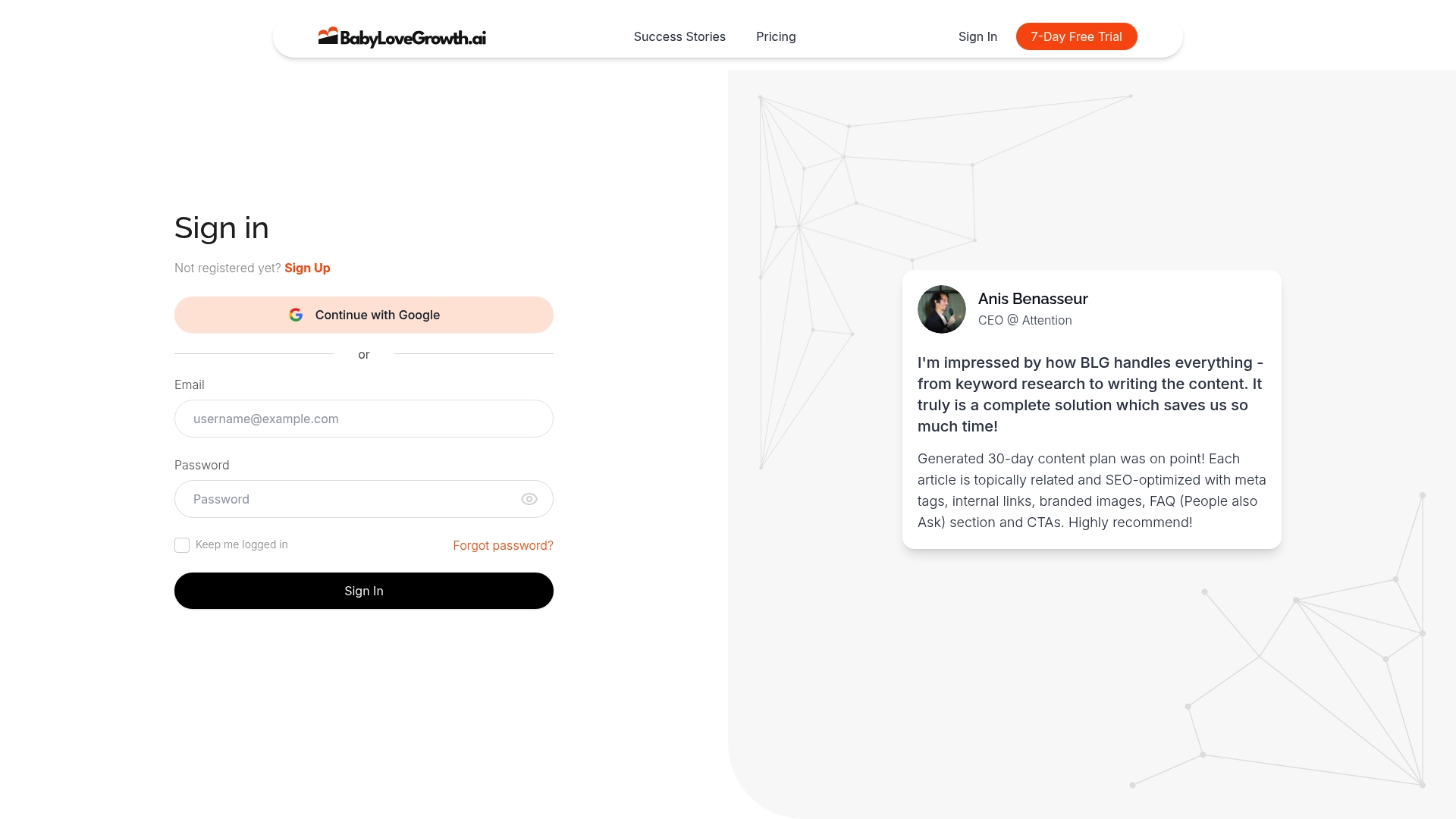
Are you ready to turn your restaurant into a local hotspot? Don’t miss out on potential customers! Visit https://babylovegrowth.ai today and discover how our AI-driven solutions can elevate your restaurant's visibility and keep you fully booked. Act now and let’s turn those empty tables into a thriving dining experience!
Smart SEO,
Faster Growth!
Most Read Articles
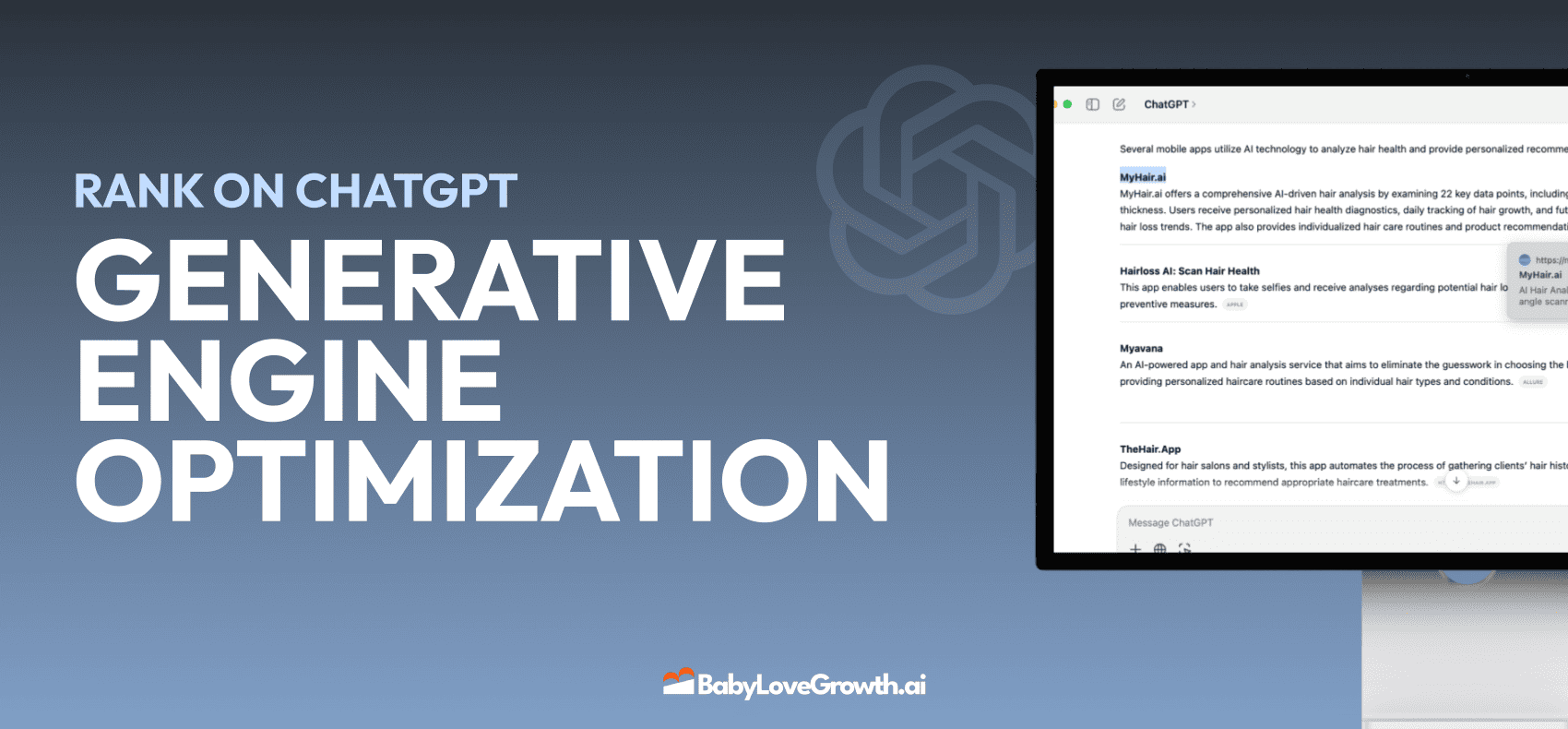
Generative Engine Optimization (GEO)
Learn how Generative Engine Optimization (GEO) helps your content rank in AI search engines like ChatGPT and Google AI. This comprehensive guide explains the differences between SEO and GEO, why it matters for your business, and practical steps to implement GEO strategies for better visibility in AI-generated responses.
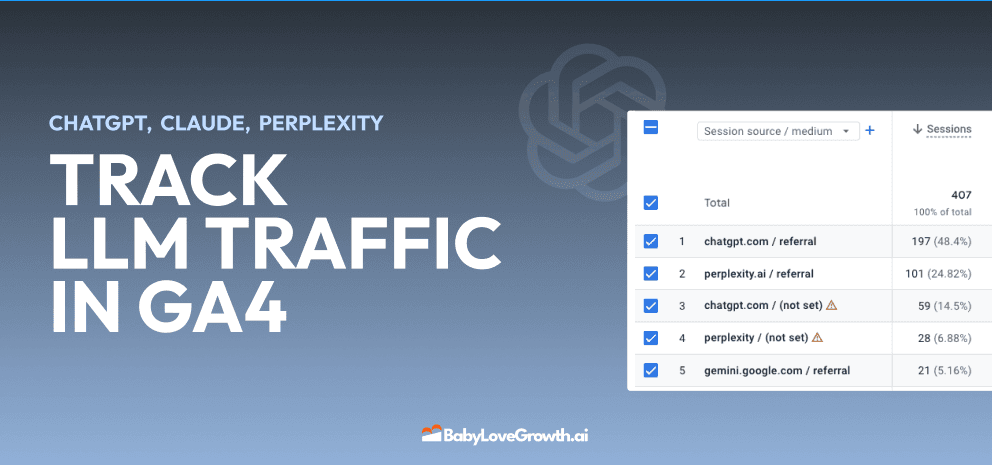
Track LLM Traffic in Google Analytics 4 (GA4)
Learn how to track and analyze traffic from AI sources like ChatGPT, Claude, Perplexity, and Google Gemini in Google Analytics 4. This step-by-step guide shows you how to set up custom filters to monitor AI-driven traffic and make data-driven decisions for your content strategy.
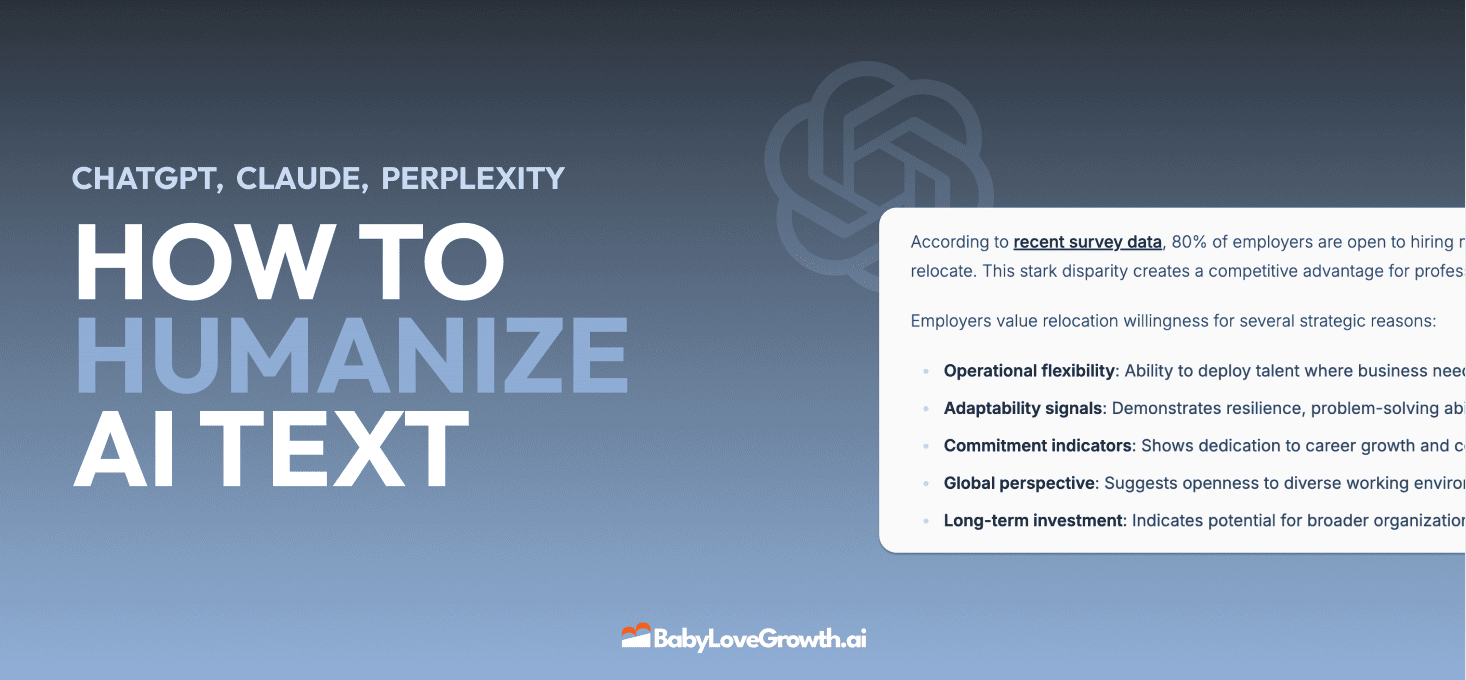
How to Humanize AI Text with Instructions
Learn practical techniques to make AI-generated content sound more natural and human. This guide covers active voice, direct addressing, concise writing, and other proven strategies to transform robotic text into engaging content.
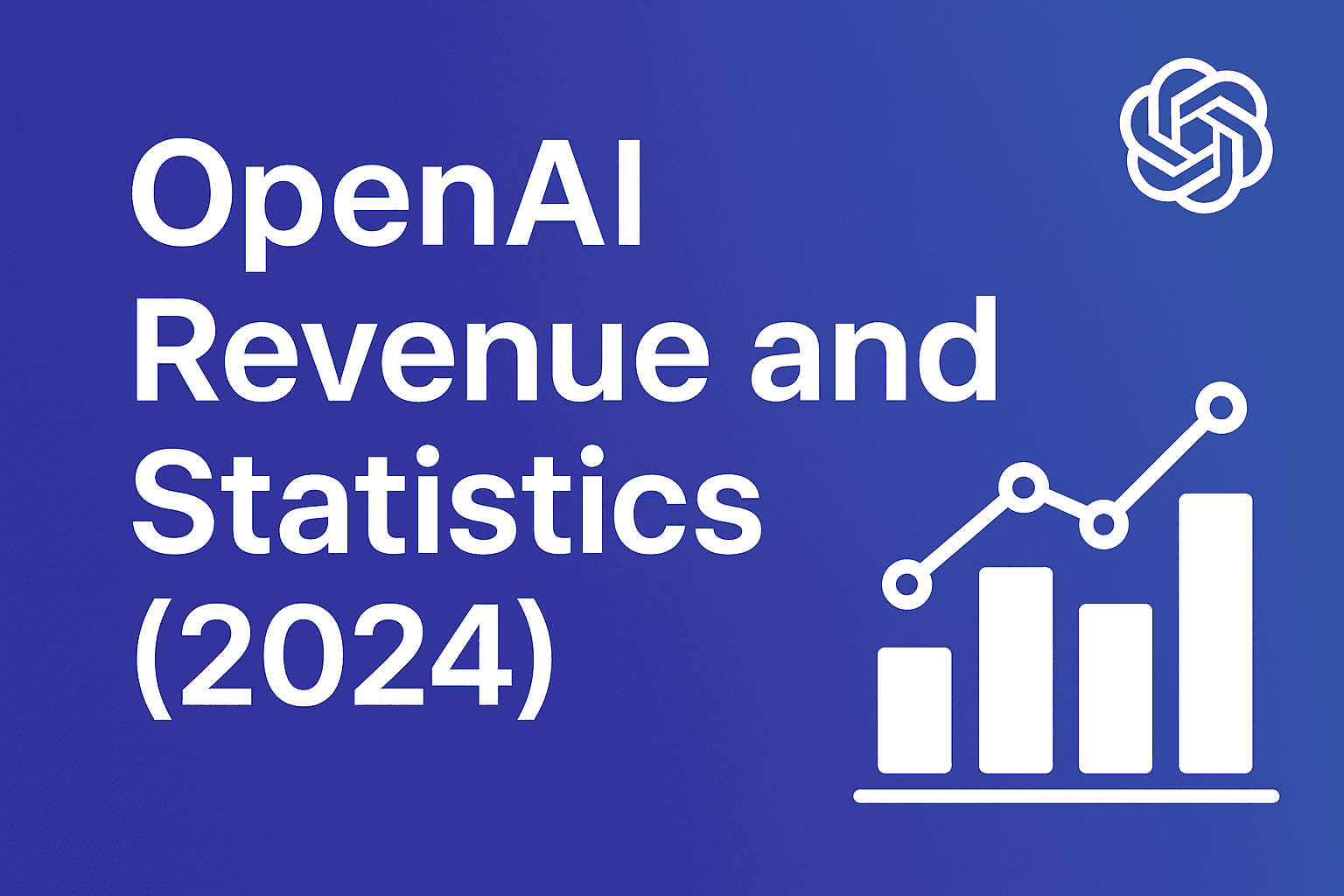
Open AI Revenue and Statistics (2024)
Comprehensive analysis of OpenAI financial performance, user engagement, and market position in 2023. Discover key statistics including $20B valuation, $1B projected revenue, and 100M+ monthly active users.